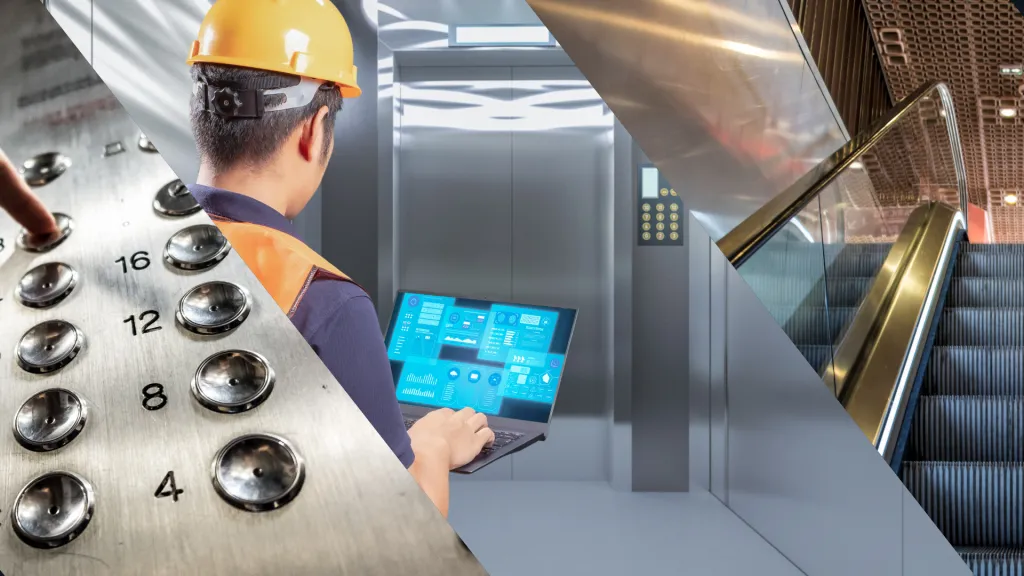
Elevator traction machines are the heart of every vertical transportation system, responsible for ensuring smooth, safe, and efficient movement of the elevator cabin. Whether your building relies on gearless or geared traction machines, regular maintenance is critical to prevent breakdowns, extend the machine’s lifespan, and guarantee passenger safety. Neglecting maintenance can result in costly repairs, unexpected downtime, and even potential safety hazards. In this article, we highlight essential maintenance tips to keep your elevator traction machines running at peak performance.
1. Regular Inspection and Lubrication: Regular inspections are vital for identifying potential issues before they escalate. Check the motor, drive sheaves, pulleys, and gearboxes for wear, misalignment, or unusual noise. Lubrication of moving parts, especially in geared machines, helps reduce friction, prevents overheating, and ensures smooth operation. Gearless machines may require less frequent lubrication, but periodic inspection of bearings and ropes is still necessary.
2. Monitor Rope Tension and Alignment: The traction ropes are crucial components of elevator systems. Uneven tension or misalignment can lead to inefficient operation, excessive wear, and safety risks. Technicians should regularly check the rope tension, groove alignment on the drive sheave, and replace worn ropes immediately to maintain optimal performance and safety standards.
3. Check Electrical Components: The motor, control panel, and associated electrical components should be inspected regularly. Look for signs of overheating, loose wiring, and abnormal vibrations. Gearless traction machines, which directly connect the motor to the pulley, rely heavily on electrical efficiency. Ensuring proper functioning of the motor and electrical systems can prevent unexpected shutdowns and maintain energy efficiency.
“Consistent and proactive maintenance ensures safety, efficiency, and longevity for your elevator system.”
4. Monitor Brake Systems: Elevator brakes are critical for safe operation. Regularly inspect brake pads, friction components, and control mechanisms. Ensure that brakes engage and release smoothly without delay. Any sign of wear or malfunction should be addressed immediately to prevent safety risks and maintain passenger confidence.
5. Maintain Proper Environment: The machine room environment plays a significant role in elevator performance. Keep it clean, dry, and free from dust or debris. Excess moisture, dirt accumulation, or temperature fluctuations can adversely affect traction machines, especially geared systems where mechanical parts are exposed. Installing proper ventilation and environmental controls can prolong equipment life.
6. Professional Servicing and Record Keeping: Partnering with trained and certified elevator maintenance professionals is crucial. They have the knowledge and tools to conduct thorough inspections, perform preventive maintenance, and address any potential issues. Maintain detailed service records to track maintenance activities, repairs, and part replacements. This documentation helps in planning future maintenance and ensures compliance with safety regulations.
Conclusion: Regular maintenance of elevator traction machines is not just a technical necessity—it is a safety imperative. Following these essential tips ensures that your elevators operate efficiently, safely, and reliably over the long term. Whether you operate high-rise or low-rise buildings, gearless or geared systems, proactive maintenance reduces downtime, minimizes repair costs, and enhances passenger comfort. At Samcron Industries, we provide expert guidance, precision-engineered traction machines, and comprehensive maintenance support to help your elevators perform at their best year after year.
© 2025 Samcron Industries | Managed By Weblytix